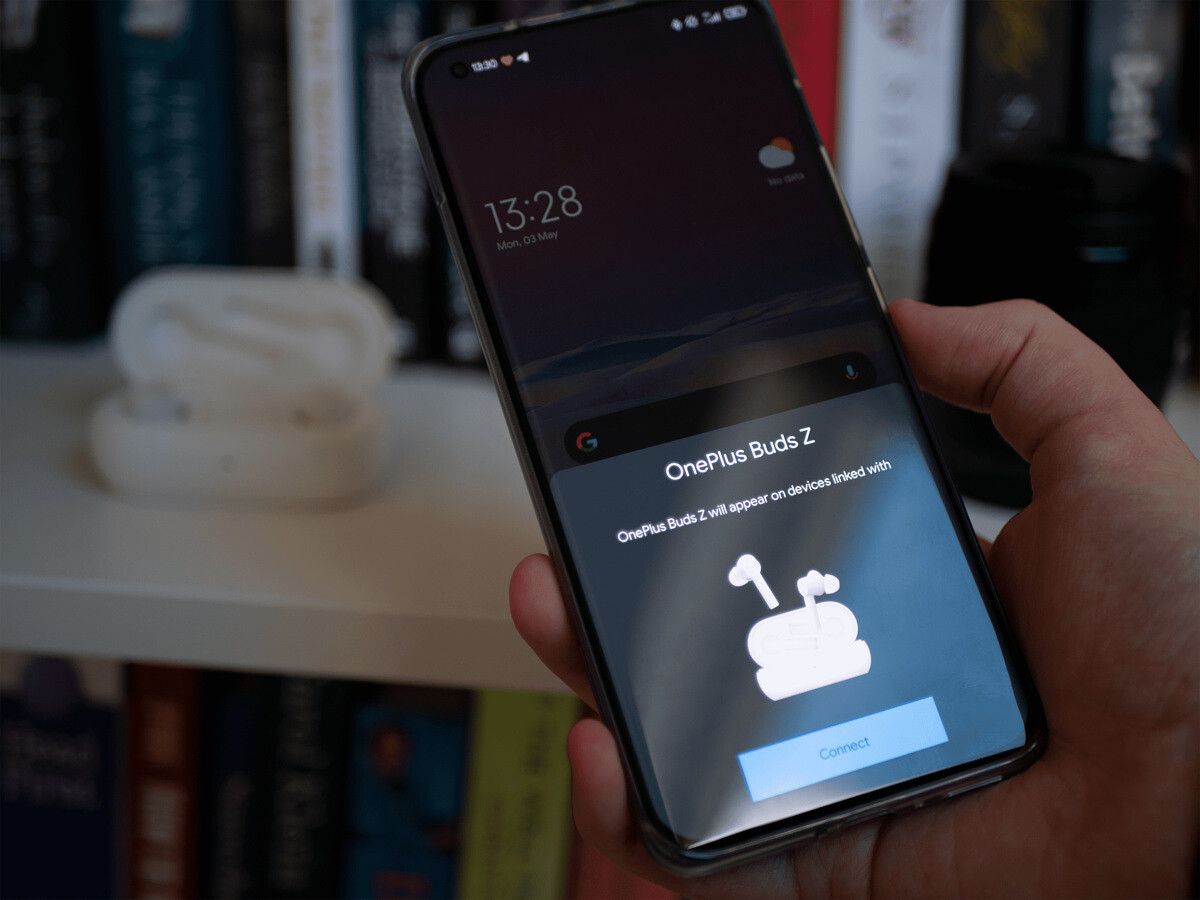With Bluetooth peripherals becoming more and more common, they haven't necessarily become easier to set up and configure. Often the pairing process can be clunky, and for people who may use two phones at the same time for work or other reasons, the constant pairing and unpairing process can grow tiresome. I frequently need to switch my earphones and smartwatch to another device, and it can be cumbersome to do so. The best solution I have seen to the problem yet is Google's Fast Pair, and more Bluetooth peripherals need to use it.
First and foremost: Google's Fast Pair is a proprietary system that is part of Google Play Services and, therefore, is on pretty much every Android smartphone. It uses Bluetooth Low Energy to detect nearby Bluetooth accessories that are looking to pair and will pop up a photo of the accessory and a connect button if they're discovered nearby on your Android smartphone. Fast Pair-enabled peripherals are registered to your Google account and work with Google's Find My Device if you lose them by displaying their last registered location. You can also see battery info for your Bluetooth earphones on any device that they've been previously paired to. Even better, this support works on Chrome OS too, and any paired devices from your Android smartphone will also be pairable with your Chromebook.
Google's second-gen Pixel Buds support all of Fast Pair's features. Credits: Rich Woods.
Having used both the OnePlus Buds and the OnePlus Buds Z, I can say that one of my favorite features of these earphones was Google Fast Pair support. While it certainly makes the pairing process a breeze, there are very few devices on the market that actually use Fast Pair, and despite there being fitness trackers like the Fitbit Sense supporting it, the overall list of accessories that support it is primarily comprised of earphones. One other downside I have found is that it's somewhat a complicated process to remove previously-paired Fast Pair devices from your Google account. You need to go to your Google settings, device connections, and then click "saved devices" to access a menu to remove them from your account. This can make it annoying for reselling, though is also an upside if they're stolen.
As smartwatches grow in popularity and headphone jacks slowly disappear, the Bluetooth pairing system needs a major revamp. The replacement for the headphone jack, assuming that the technology is going that way, needs to be a whole lot easier to use in order to win over the masses. Some of the Bluetooth accessories on the market today are incredible, but I'm sure we've all run into pairing problems at one point or another. Fast Pair aims to standardize the process for Android phones, and it's a shame that not many devices actually use it. The only other alternative I've seen that does a similar job is the ability to pair via an NFC tag, like on the Sony WH-1000XM3 headphones that I use daily. While it still doesn't pair across multiple devices, the idea of pairing via an NFC tag is neat in that it's also extremely quick and painless and doesn't require fiddling with your device settings. The fact that Fast Pair doesn't work with Wear OS watches is a missed opportunity, too.
Fast Pair is such a useful feature, and the fact that it can help to locate lost devices along with streamlining the entire pairing process makes this a must, in my opinion, for future Bluetooth peripherals. If we take a look at the Apple ecosystem, the system surrounding AirPods seems to be what Google is striving for. Pairing your AirPods with your iPhone will sync them across all of your Apple devices. What's more, let's say you get a call on your phone while using your AirPods with your Mac. When you answer the call, your phone will automatically be connected to your AirPods, and then switched back to your Mac after the call. It's completely seamless. If that's the future of Google Fast Pair, then let's hope that we see more and more device manufacturers take it up in the future!

